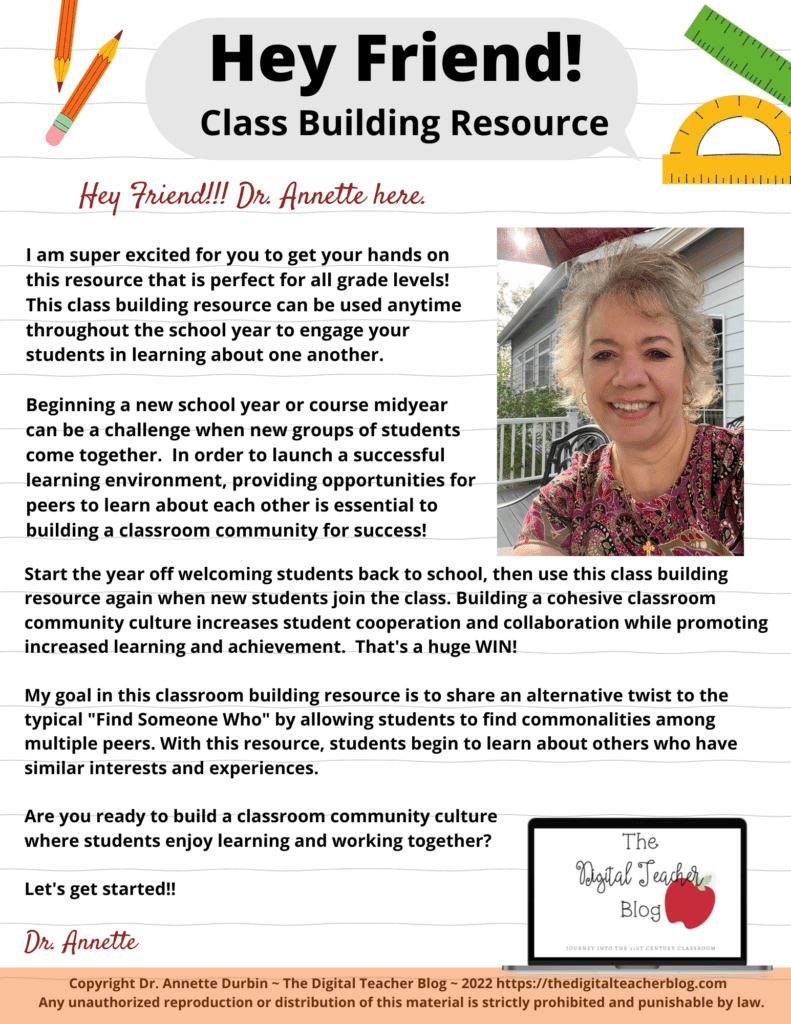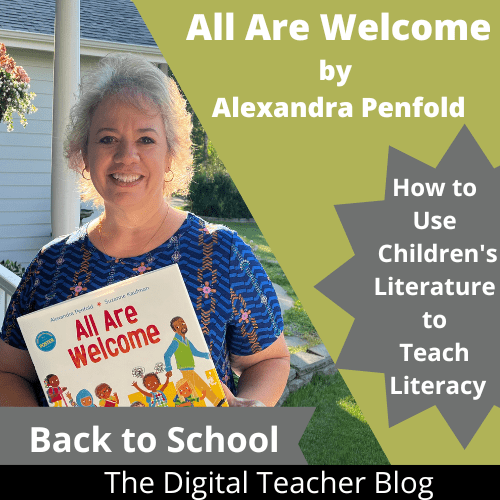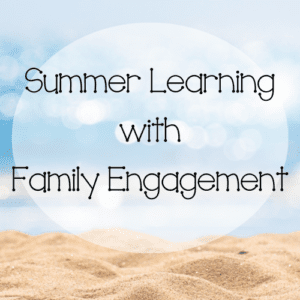First Week of School: The Most Important
I love this time of year!!! Listening to school bells ring all across the globe as students and teachers head back to school puts a smile on my face. Every school year has about 36 weeks; however, the first week is the most important week.
You may be wondering why the first week is the most important.
There is A LOT of learning that happens the first week of school. Teachers welcome students to a new learning space, new faces, new expectations, and new routines. As a result, students may have various emotions from excitement and anxiety to nervousness and sadness. Helping students transition back into the classroom is the priority for the first week of school.
This website may contain affiliate links, and I may earn compensation
when you click on the links at no additional cost to you.
In additional to all those feelings, students have lots of questions that need to be discussed. Some questions include:
- What will the school day schedule be like?
- When will we have lunch? Recess?
- Will we have time to work with friends?
- Will there be projects? Reports?
- Is there homework? How much each night?
These are just some of the questions and thoughts students and teachers encounter the first week of school. Anticipating these questions, my goal is to be prepared and positive to help ease this transition. Therefore, it’s important to keep in mind the goal for the first week of school is to answer questions, ease fears, and ensure students that everyone is safe and will have a great year.

First Week of School: Getting to Know You
During the first week of school, SO many class bonding opportunities are taking place from learning about each other to establishing a learning environment. One way to support students in learning about one another is through games that engage students in conversation about a variety of topics. I like to include activities where students are working with new classmates, students share differences and similarities, as well as expertise. Even during this bonding time, I’m learning about my new students.
Check out this free resource for students in grades 2 – 12. This free resource is built upon the framework of the “Find Someone Who” activity, but adds a fun twist.

First Week of School: Establishing Expectations
Although students come to school and may have ideas about what to expect in the class, it is important to take time to review the expectations with the new group of student. I strongly feel that when students take part in the decision making, students are more likely to take part in implementing the decisions. Therefore, building class expectations together ensures everyone has a part in determining how to create and sustain the best learning environment for all learners.
An effective strategy to build a positive classroom culture is with children’s literature. Using picture books that focus on a “Back To School” theme and “Working and Learning Together” provides further opportunities for class discussion. Using these books for building classroom culture is the perfect way for students to think about the characters and how they respond to situations before bridging expectations into their “real classroom environment”.
Here are a few of my favorite picture books that are great for building a learning environment.
First Week of School: Greeting Students
One of my favorite ways to build a class community starts with what happens at the door.
Greeting students is a perfect opportunity to teach good citizenship skills. Depending upon the student’s culture, greetings can occur in different ways and languages. As the teacher, differentiating this greeting to meet your student’s needs, lets the student know that you value his/her culture. Personalized greetings help to connect the student at a higher psychological level and supports developing trust, including relationship building.
What are some greeting options?
- Handshake
- Fist Bump
- Smile
- Toe Kick
- Elbow Bump
- Head Nod
- Verbal Good Morning
- Sign Language
Teaching various greetings is a great opportunity to teach students how to greet a new or an old friend. Once several greetings are taught, create a “greeting poster” that allows students to choose a greeting for the day. This gesture provides students with greeting choices and, very important to note, the opportunity to have control over part of their day.
Check out this BONUS FREE Resource using the picture book, All Are Welcome, to build classroom culture and teach literacy skills in word study, reading, and writing.
Our classrooms are very diverse. Learning more about cultural greetings provides opportunities for students to practice other greetings and learn about the world around them.
When students learn about other greetings, they begin to see the world is similar to their classroom, just bigger.
This cultural knowledge fosters an awareness of how our differences make us a better community of learners. Students soon sense an understanding of the various cultures in our world, begin to acknowledge various perspectives, and find where they fit in.
First Week of School: Parent Partnerships
It’s important NOT to forget your education partners: Parents!!
Parents play a HUGE role in the education of their child. They are the most consistent person, the foundation, of the student’s education journey. Parents can share past experiences and how these impacted their child. Additionally, parents are a gateway to the community and a wealth of career expertise to share with the students.
As the year progresses, parents learn more about supporting their student’s learning at home, what happens at school during the school day, and how they can be an important part of the school’s learning community.
When the classroom community is working well together, more learning has the opportunity to be accomplished.
One routine that I do every year and highly recommend: Take time to discuss each student’s transition and progress with his/her parents the first two weeks school. Parents want to know how their child is doing and what they can do to support their child. Working together with parents to support the student is an essential piece to a successful learning environment.
Check out this site and learn more ways to engage parents and
help them feel part of their child’s educational experience.
Learning happens at school and home. Establishing communication lines with parents will support the work you do at school. Working as a team, parents see that you value their child and want him/her to be successful.
Finally, the first week of school, have some parent projects that can be done at school in the back of the classroom. Parents may feel nervous about leaving their child at school or want to make certain he/she is adjusting to the new environment. By providing a purposeful parent project, you will gain the support of your students’ parents that is absolutely priceless.
First Week of School: Related Resources
I’ve included some additional resources within this post to support a successful first week of school, and below are more resources to check out.
How to Start a New School Year Off Right
Have You Filled a Bucket Today?
I hope you enjoy these extra resources. Building a classroom culture where students understand how differences make everyone stronger, how students can learn from each other, and the importance of teamwork will set the tone for a group of students who enjoy learning and working together.
First Week of School: Final Thoughts
As you can see, the first week of school is very important. This is the week that sets the tone for the rest of the school year. An effective teacher will understand that building a classroom culture that promotes highly engaged learners does not happen in just the first week of school, but continues to be a focus throughout the first several weeks of the school year and sprinkled again after extended breaks and as needed. Establishing a cohesive classroom community who cooperates and collaborates well, ensures students are able to work to their potential and excel.






